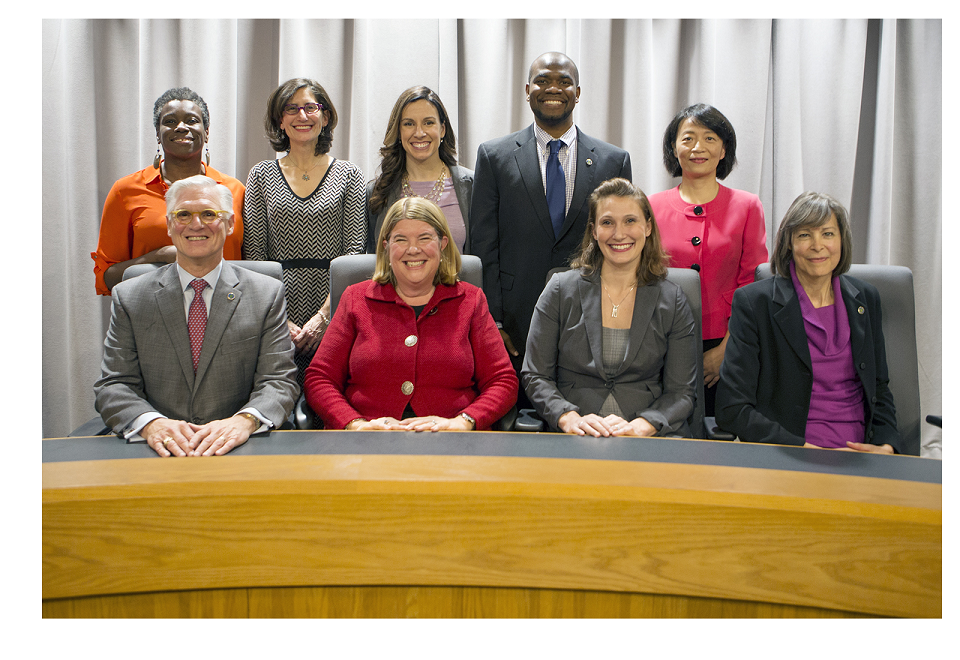Last week – following the most recent craziness in the General Assembly – I posted a long piece on Chapelboro calling for redistricting reform at the state level.
(Upshot: rather than letting state legislators draw our legislative district lines every 10 years, we should take the power out of their hands and give it to an independent, nonpartisan commission. State legislators have a personal and partisan interest in drawing the lines to favor themselves and their party – so let’s put the power in the hands of people who don’t have a personal interest, so they can focus on what’s best for North Carolinians as a whole.)
The state legislature hasn’t acted, naturally – doing so would require them to give up some of their own power, and that’s a hard thing for anyone to do – but there is definitely widespread support for redistricting reform across party lines. Democrats, Republicans, and independents all favor it by wide margins.
It’s something we ought to do.
But while we’re on the subject…
How about redistricting reform at the local level too?
We’ve got an election this year for four open seats on the Orange County Board of Commissioners…and if you don’t know, we’ve got a pretty complicated system for electing them.
Time was, all of the seats on the Board were at-large seats, meaning everyone in the county voted for every seat. (This is still how we do it for our town boards.)
But that was unfair to residents of northern Orange County: because most of Orange County’s population was concentrated in Chapel Hill/Carrboro, the entire board invariably wound up being comprised of Chapel Hill/Carrboro folks who represented Chapel Hill/Carrboro interests and weren’t as concerned with rural issues. Agriculture? Solid waste? Rural bus routes? Residents in northern Orange didn’t have much of a voice.
So last decade, the county changed its election system. Orange County divided itself into two districts, split along roughly the same line as the county’s two school districts: Chapel Hill and Carrboro in District 1, the rest of the county in District 2. Now we have seven county commissioners: two of them are still at-large, elected by everybody, but there are three commissioners who specifically represent District 1 and two who specifically represent District 2.
Sort of.
Thing is, the county didn’t go all the way when it split into districts. Residents of District 1 and 2 get to choose their own party nominees in the primary election – but in the November general election, it’s still all at-large. Everybody votes in all seven races, regardless of where in the county they live.
Why is this?
It’s better today than it was before: once upon a time the entire board was Chapel Hill/Carrboro, and today folks in northern Orange do have two spots on the board reserved for them. It’s a step in the right direction. (And this year it doesn’t really matter: since all the candidates are Democrats, all of this year’s races are going to be decided in the primary anyway.)
But should Orange County go all the way? Let District 1 and District 2 elect their own representatives in the primary and the general election? There’s something to be said for the at-large system – our elected officials really ought to be considering the needs and interests of everyone in the county, no matter what – but it’s undeniably true that certain issues affect northern and southern Orange County differently, and that will be the case no matter how we elect our representatives. Should both districts have their own independent say?
I spoke with Orange County conservative Ashley DeSena this week, and both of us agreed on the need for state and local reform. Listen to our conversation.


